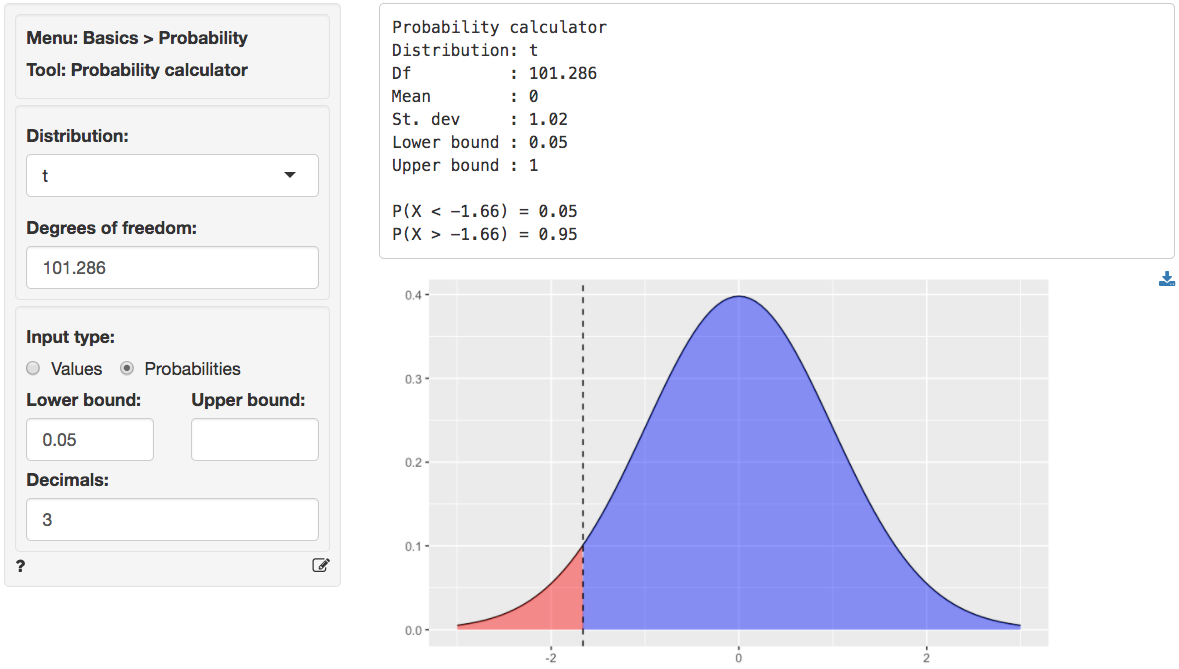

One way to discover this, is simply trying out the following brute force approach: My small sample basically guarantees that the population percentage is not 90% (but probably much lower).

But it’s practically impossible: the chance is roughly 1 to 4.500,000,000. Sure: in theory I could sample 6 blue and 14 red balls from a vase holding 90% blue balls. So when it comes to concluding anything about my population, a sample is pretty worthless, right? It does not rule out either possibility with certainty. In short: sampling 6 blue and 14 red balls is possible if 10% or 90% of all balls are blue. Now what if my vase contains only 10% blue balls? If I’d sample 20 balls from this vase, could I find 6 blue ones? You’ll probably realize that this is possible indeed. My sample of N = 20 balls does not allow me to conclude with certainty that the vase does not contain 90% blue balls. Could I sample 6 blue and 14 red balls from such a vase? The figure below illustrates the idea.Īs you can readily see: of course I could sample 6 blue and 14 red balls. Now I sample 20 of those balls -completely at random. Imagine I have a vase holding 500k balls, 90% (450k) of which are blue. Right, so given my sample of N = 20 and the outcome of 30% singles, what can I conclude -if anything- about my target population, the 500,000 inhabitants of the Hague?Ĭan I conclude that 30% of the 500,000 inhabitants are single? Or could it be 40% as well? Or 10%? Or 90%? Well, it could actually be basically any percentage. We could even summarize our outcome as a single number: 30% of our 20 respondents are single. This chart shows how our sample frequencies are distributed (hence “frequency distribution”) over our values: value blue has a frequency of 6, red 14. Note that it holds the exact same information as the previous figure. I visualized it below.Ī more common way to visualize this result is the frequency distribution shown below. Like so, I found 6 singles and 14 non singles in my sample of 20.

Since I can’t ask 500,000 people, I approached 20 of them and asked if they consider themselves single. I’d like to know what percentage of this population is single. The Hague has roughly 500,000 inhabitants. Let me try and explain the basic line of thinking with a simple example. However, they do so in a predictable way which tells us how much our sample outcomes are likely to be off. The basic idea is that sample statistics -such as means, correlations, proportions and many others- may differ from their population counterparts (parameters).

“Inferential statistics” is the branch of statistics that deals with generalizing outcomes from (small) samples to (much larger) populations.Īlso, “inferential statistics” is the plural for “inferential statistic”Some key concepts areĪll of these basically aim at drawing conclusions (or “inferences”) on populations based on data from samples from those populations. Inferential Statistics – Quick Introduction


 0 kommentar(er)
0 kommentar(er)
